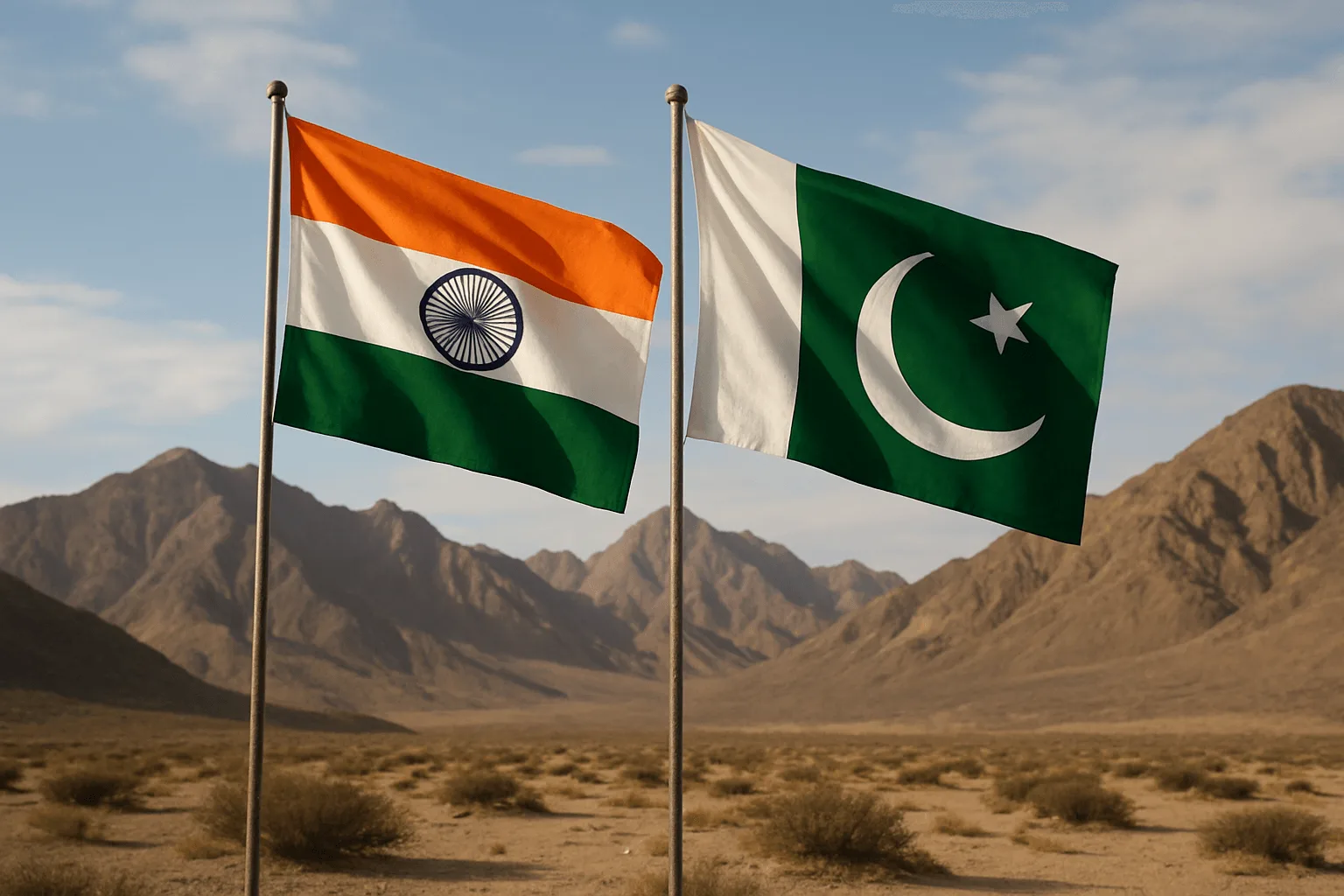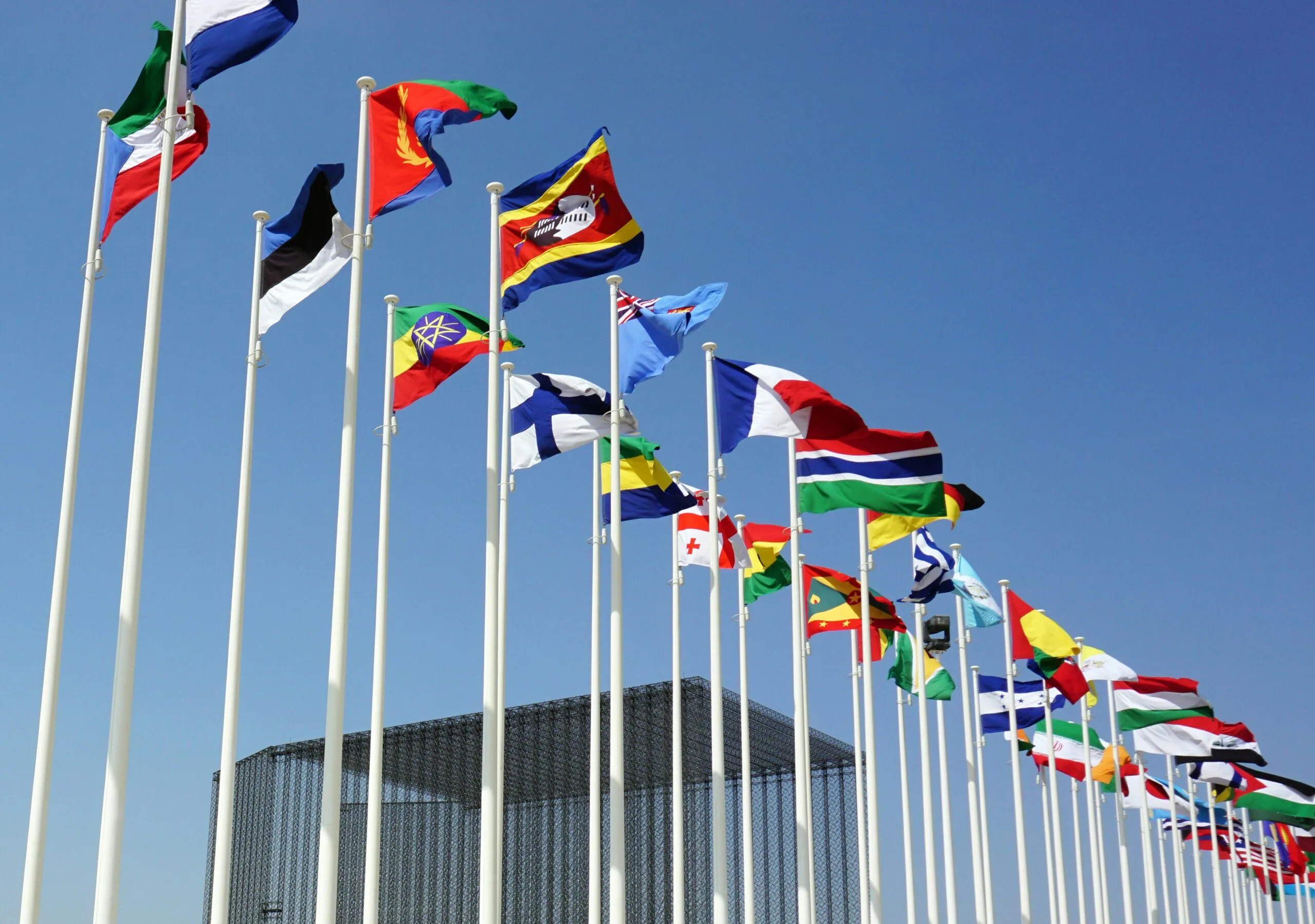The recent Pahalgam terror attack in Kashmir and the developments that followed between India and Pakistan thrust the two nuclear-armed neighbors into global headlines. For seasoned geopolitical observers, the sequence of events was both familiar and instructive. Rhetoric escalated. Limited cross-border skirmishes ensued. Markets reacted – but then resettled.
This essay is not a rehash of battlefield maneuvers or diplomatic posturing. Instead, it seeks to cut through the noise and offer a clear reflection on what this latest flare-up means for investors — and what it doesn’t.
Market Resilience: A Signal Worth Noticing
First, let’s confront the obvious: there was no material damage to investment sentiment in either India or Pakistan stemming from the violence. The Indian stock market has continued to climb. The Nifty 50 is up about 6% since early April, boosted by an influx of foreign investment that reached $5.5 billion in May, the highest monthly total in nearly a year.
Defense stocks rallied. The Nifty India Defense index gained over 12%, adding about ₹1.17 lakh crore in market capitalization. In a more fragile environment, such headlines might have triggered capital flight. Instead, they spurred tactical sectoral bets.
Pakistan’s KSE-100 index initially fell around 14% in the two weeks after the Pahalgam attack. But after a ceasefire was announced, the market rebounded over 9%. What we are witnessing is not the unraveling of economies, but their insulation from geopolitical flashpoints.
Tit-for-Tat, Not Total War
Why the market calm? Because investors understand the playbook by now.
India and Pakistan have fought four wars and experienced countless skirmishes. But both sides are, at present, too constrained to let symbolic retaliation spiral into sustained military engagement. India, focused on maintaining global investor confidence, projects resolve without provoking large-scale retaliation. Pakistan, facing a deteriorating economy and deep IMF entanglements, is in no position to escalate.
This was a bounded confrontation. And markets treated it as such.
The Dog That Didn’t Bark: China
In recent years, China has deepened its strategic relationship with Pakistan, including through the Belt and Road Initiative and arms deals. But absent from this episode was significant deterioration in India-China ties.
Just months ago, India and China agreed to disengage from their most recent standoff along the Ladakh border. That progress appears to be holding. Beijing, intent on avoiding another South Asian standoff that distracts from its domestic challenges, stayed muted.
For investors concerned that a Pakistan-India skirmish might trigger broader instability involving China, this absence of escalation is a key data point. It suggests that India-China relations, while strained, have reached a balance neither side wants to disrupt.
Tension with Washington: A More Subtle Risk
If there is one area of long-term significance, it lies not in Islamabad or Beijing, but Washington.
While the Pahalgam attack took place, Vice President Vance was visiting New Delhi, a moment meant to symbolize the deepening U.S.-India relationship. But then President Trump, in characteristic fashion, veered off-script. He suggested moral equivalency between India and Pakistan and claimed to have used the threat of tariffs to coerce both sides into de-escalating.
To New Delhi, this was a diplomatic insult. India sees itself as a rising power, not a misbehaving state to be disciplined with economic threats. That these remarks came as the two countries were inching toward a free trade agreement makes them more damaging.
According to U.S. Commerce Secretary Howard Lutnick, a trade deal between India and the U.S. will materialize in the “not too distant future.” It remains to be seen whether that is wishful thinking or whether both India and the U.S. are looking past this diplomatic faux pas.
More likely, this episode will reinforce India’s instinct to avoid overdependence on Washington, regardless of who is in the White House and its overall pursuit of strategic autonomy.
Silver Linings and Upside Risks
Ironically, this conflict may hold the seeds of long-term optimism.
There is always the possibility that India and Pakistan, after repeated skirmishes, may recognize the futility of constant hostility and seek limited rapprochement. It’s a stretch. But history is full of rivals who became partners once their cost-benefit calculus changed.
Even without that, renewed focus on defense and infrastructure spending could boost economic activity. Capital expenditure, when well-directed, can drive growth. In India, rising defense allocations may support domestic manufacturing, job creation, and technological development.
Don’t Overindex on the Headlines
It’s tempting to let geopolitical drama shape our view of markets.In this instance, that would be a mistake.
India and Pakistan’s investment profiles should be assessed based on macroeconomic trends: oil prices, global protectionism, food security, climate risks, and domestic politics. These are the forces that drive long-term returns.
Yes, these are nuclear-armed states with volatile histories. But they’ve shown a consistent ability to contain conflict. That pattern holds.
Final Thoughts: A Diverging Future
We remain optimistic about India. Quantity has a quality of its own. Despite structural challenges—infrastructure gaps, political volatility, and environmental risks—India presents one of the most compelling macro stories among emerging markets. A youthful population, growing consumer class, and confident global posture all point to continued strength.
Still, India’s political evolution under a more state-interventionist, Hindu nationalist government presents real risks. For wealthy Indian families and global investors, tax policy, capital controls, and property rights deserve close attention. Shielding wealth from populist pressure is increasingly urgent.
Pakistan’s outlook is less encouraging. Calling it a “basket case” may sound harsh, but the label fits. Chronic instability, a collapsing currency, and institutional weakness make it difficult to take Pakistan seriously as an investment destination. There is potential, yes. But realizing it requires deep, systemic change.
So while the world watched the latest India-Pakistan flashpoint with bated breath, markets shrugged. Investors, rightly, are learning to separate signal from noise. And the signal is clear: South Asia’s future will be shaped less by border tensions and more by fiscal policy, institutional reform, and the slow grind of economic development.
If you’re interested in learning more about Bespoke’s approach to private wealth management and how we can help you build a secure financial future, we invite you to reach out to us directly. We’d be happy to set up a confidential consultation at your convenience.
Thank you for considering Bespoke as your partner in wealth management. We look forward to the opportunity to work with you.
This information is intended for general educational purposes only and should not be construed as legal or investment advice.







